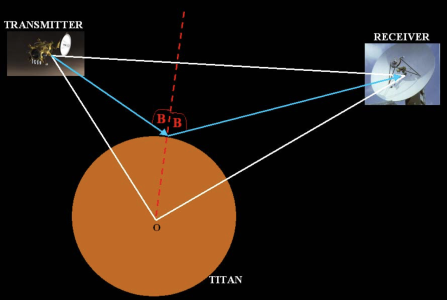Radiocomm signals: a “new” way of probing the surface of planets

The RC-SIM project is enclosed in the initiative of using more extensively the capability of the radio communication signals (telemetry and datalinks) of interplanetary probes for remote sensing the structure of planets and moons. In more detail, the objectives of this study are:
-Investigate the physical parameters that can be obtained from the use, as a remote sensing instrument, of the radio communication systems on-board interplanetary probes.
-Recommend new approaches to the optimum operation of the radio links of these vehicles, both for communication and remote sensing purposes.
-Analyze the added value that can be provided with this approach with respect to other types of instruments that also supply surface parameters.
-Develop a prototype simulator that will give quantitative results and sensitivity analysis of the different aspects involved in the radio communication link.
-Design a test plan that allows the demonstration of the concept in a controlled environment on Earth and also using signals from real spacecraft.
Three scenarios were considered during the activity:
-Titan scenario. Defining an orbiter around Titan and a balloon overflying its surface, different configurations for the realization of radar bi-static experiments have been defined: orbiter-Earth; balloon-orbiter; Earth-orbiter; Earth balloon. The objective of this scenario is to retrieve physical properties of the Titan’s surface like the dielectric constant or the rms surface slope, analyzing the precision that can be reached in each configuration.
-Martian lander. The objective of this scenario would be the determination of the Martian rotational state by using the radio communications signal coming from a lander on the surface of Mars to an Earth station. The analysis will show the level at which rotational state parameters can be retrieved using state-of-the-art instrumentation and Ka-band radio links. For the rotational state determination both Doppler and range may contribute equally to the determination of the parameters. The study will determine their relative value through a covariance analysis and simulation.
-Moon interferometric mission. This scenario involves a network of 3-4 widely spaced landers on the Moon. This proposed scenario aims to perform an accurate determination (to 0.2 mm) of lunar tides and librations. In this network of landers, the radio-communication signals are combined in an interferometric mode, effectively cancelling the orbital motion of the Moon and the effect of propagation media used to measure tidal deformations and/or rotational state of the planetary body (Moon, Mars, or Mercury).
